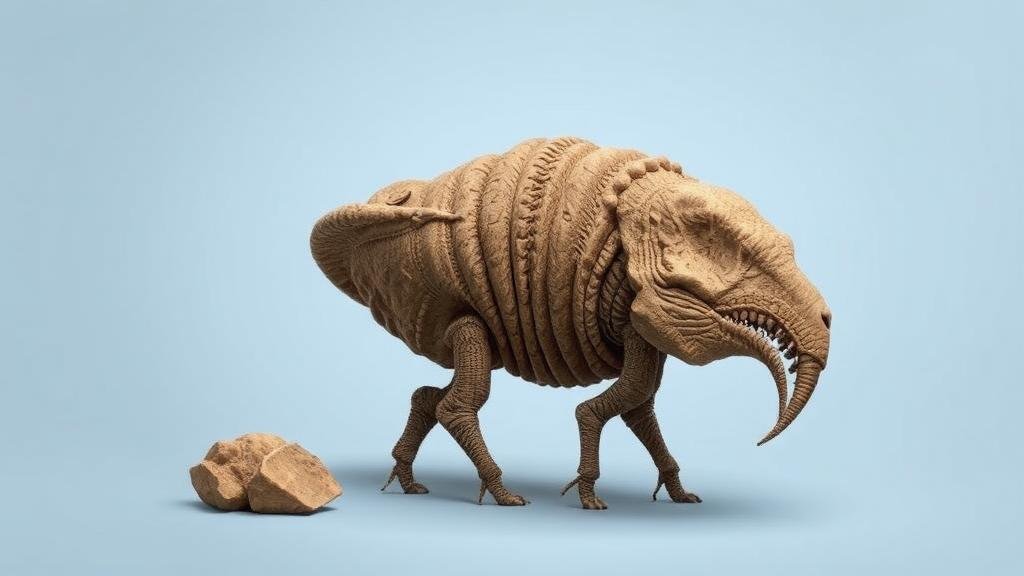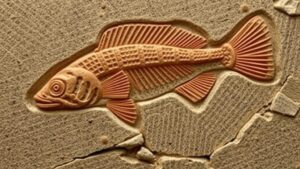Exploring Ancient Fossil Sites: Discovering the Stories of Early Life
Exploring Ancient Fossil Sites: Discovering the Stories of Early Life for Rockhounds and Mineral Collectors
Unearthing fossils is like piecing together a grand jigsaw puzzle that showcases the history of life on Earth. For rockhounds and mineral collectors, ancient fossil sites are treasure troves that not only provide a glimpse into the distant past but also offer unique specimens for collection. This article explores major fossil sites, essential tips for collectors, and the significance of fossils in understanding Earths biological evolution.
The Importance of Fossils in Understanding Early Life
Fossils are the preserved remains or traces of living organisms from the geological past, vital for reconstructing ecosystems and evolutionary history. study of fossils, or paleontology, reveals important insights into how organisms adapted to their environments, the climate conditions of their times, and the impact of mass extinctions. For example, the fossil record suggests that over 99% of species that have ever existed on Earth are now extinct, highlighting the dynamic nature of life on our planet.
Notable Ancient Fossil Sites
Numerous ancient fossil sites across the globe are renowned for their exceptional preservation and diversity of life. Here are a few significant locations:
- The Burgess Shale, Canada: Famous for its exceptional preservation of soft-bodied organisms from the Cambrian period, approximately 505 million years ago. site reveals a wealth of information about early marine ecosystems.
- La Brea Tar Pits, USA: Located in Los Angeles, this site is known for its asphalt tar, which has preserved thousands of Ice Age plant and animal fossils, including saber-toothed cats and mammoths, over the last 40,000 years.
- The Checkerboard Mesa, USA: Found in Zion National Park, Utah, this site contains fossilized plants and animals from the Jurassic period, roughly 150 million years ago, providing insights into the flora and fauna of ancient ecosystems.
- The Solnhofen Limestone, Germany: This site is famous for its remarkable fossil preservation, including the Archaeopteryx, a crucial link between dinosaurs and birds, dating back approximately 150 million years.
Practical Tips for Fossil Collectors
For rockhounds and mineral collectors venturing into fossil territory, being well-prepared is essential. Here are some practical tips:
- Research and Permissions: Always research the location youre planning to explore. Ensure that you have the necessary permissions to collect fossils, as some sites are protected by law.
- Essential Tools: Equip yourself with the right tools such as hammers, chisels, brushes, and safety goggles. A field guide specific to fossils can also be beneficial for identification purposes.
- Field Etiquette: Practice responsible collecting by only taking specimens that are loose or non-protected. Leave sites as you found them to preserve natural and cultural heritage.
- Documentation: Keep detailed records of your finds, including GPS coordinates, geological layers, and environmental conditions. This practice enhances the scientific value of your collection.
Understanding Fossil Classification
Fossils can be classified into various categories based on their origin and composition. Understanding these classifications can help collectors better appreciate their findings:
- Body Fossils: Actual remains of organisms, such as bones, teeth, and shells. For example, trilobite fossils are representative of prehistoric marine life.
- Trace Fossils: Indirect evidence of life, including footprints, burrows, or coprolites (fossilized dung). These provide insights into the behavior and activities of ancient organisms.
- Microfossils: Tiny fossils often microscopic in size, such as foraminifera or diatoms, which can offer information about past environmental conditions and are instrumental in oil exploration.
Real-World Applications of Fossil Studies
Fossil studies have diverse applications beyond academic interest. can inform fields like climate science, biology, and geology. For example:
- Climate Change Research: Fossils enable scientists to reconstruct past climates, which can improve predictions about future climate scenarios. For example, studying oceanic microfossils can reveal historical ocean temperatures.
- Conservation Efforts: Understanding past extinction events through fossils can inform current conservation strategies and help identify species most at risk today.
Conclusion: The Journey of Discovery
Exploring ancient fossil sites provides not just a connection to the past, but a deeper understanding of life itself. As rockhounds and mineral collectors dig into the Earth, they become modern-day explorers, unveiling stories long buried beneath our feet. By collecting responsibly and respecting geological heritage, they contribute to a rich tapestry of knowledge that can inform science and public understanding for generations to come. So gear up, find your tools, and embark on your adventure into the enthralling world of ancient fossils!
Actionable Takeaway: Whether you are a seasoned collector or a beginner, delve into local fossil sites, participate in community fossil hunts, and consider joining paleontological societies to enhance your knowledge and appreciation of the history written in stone.



